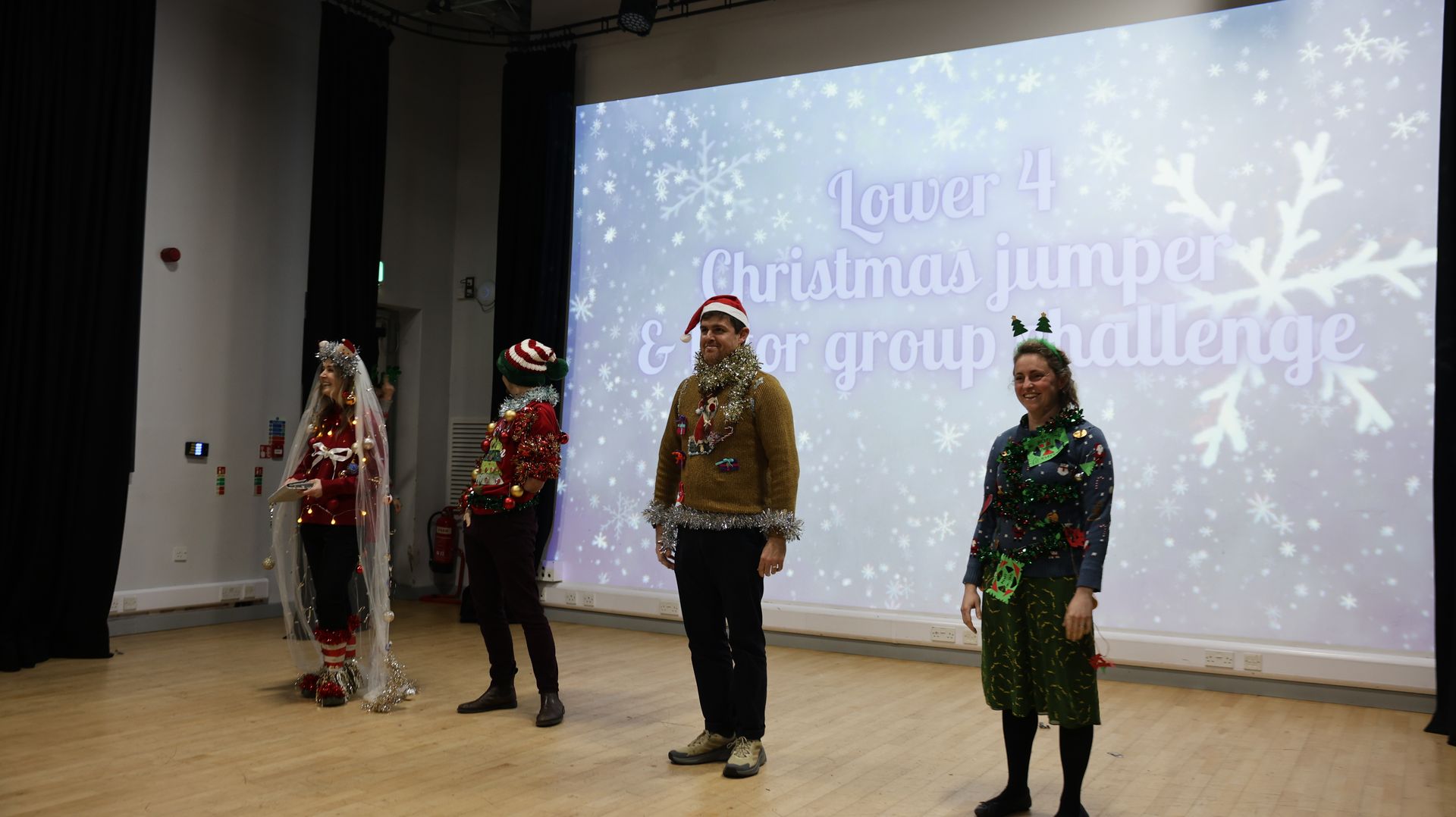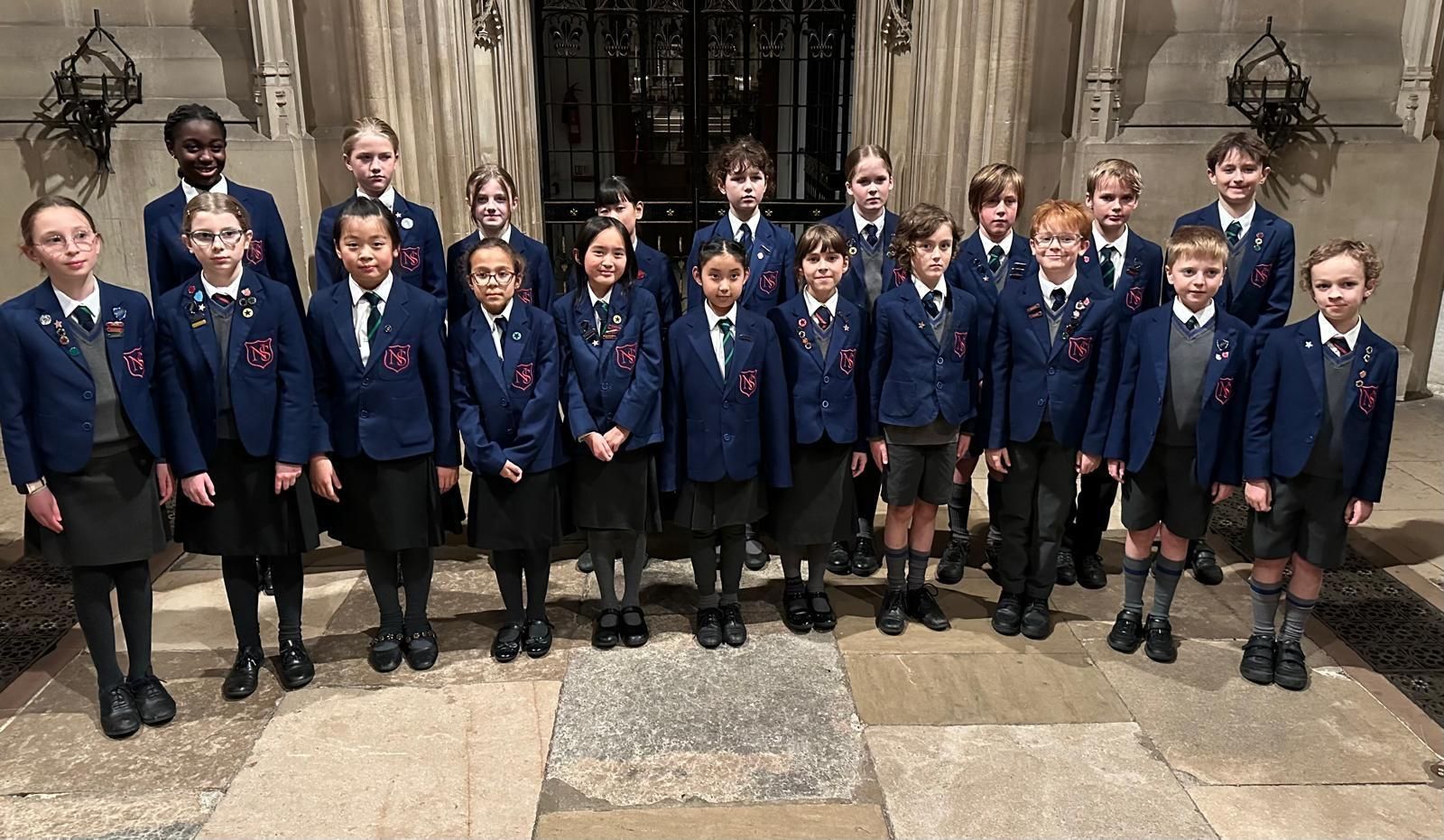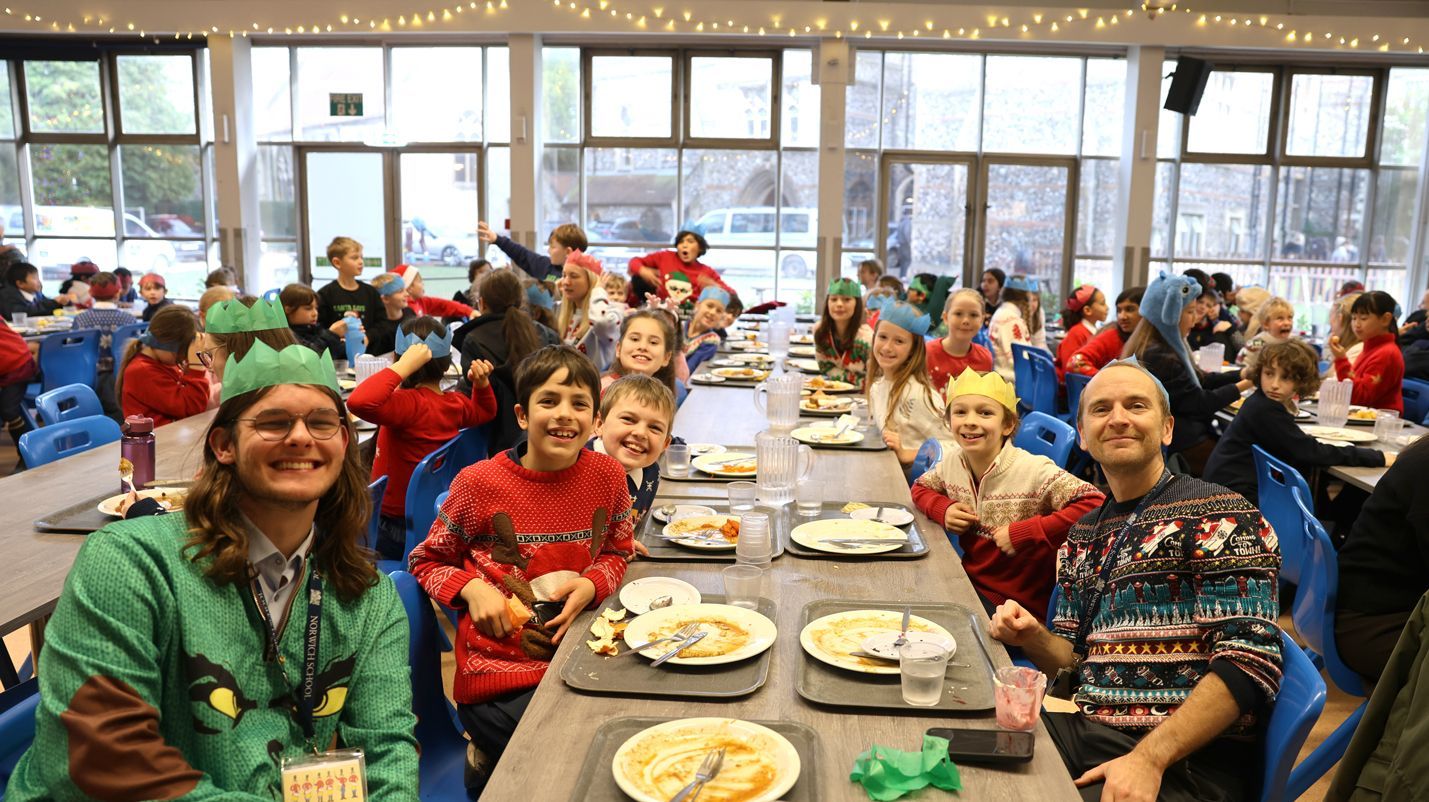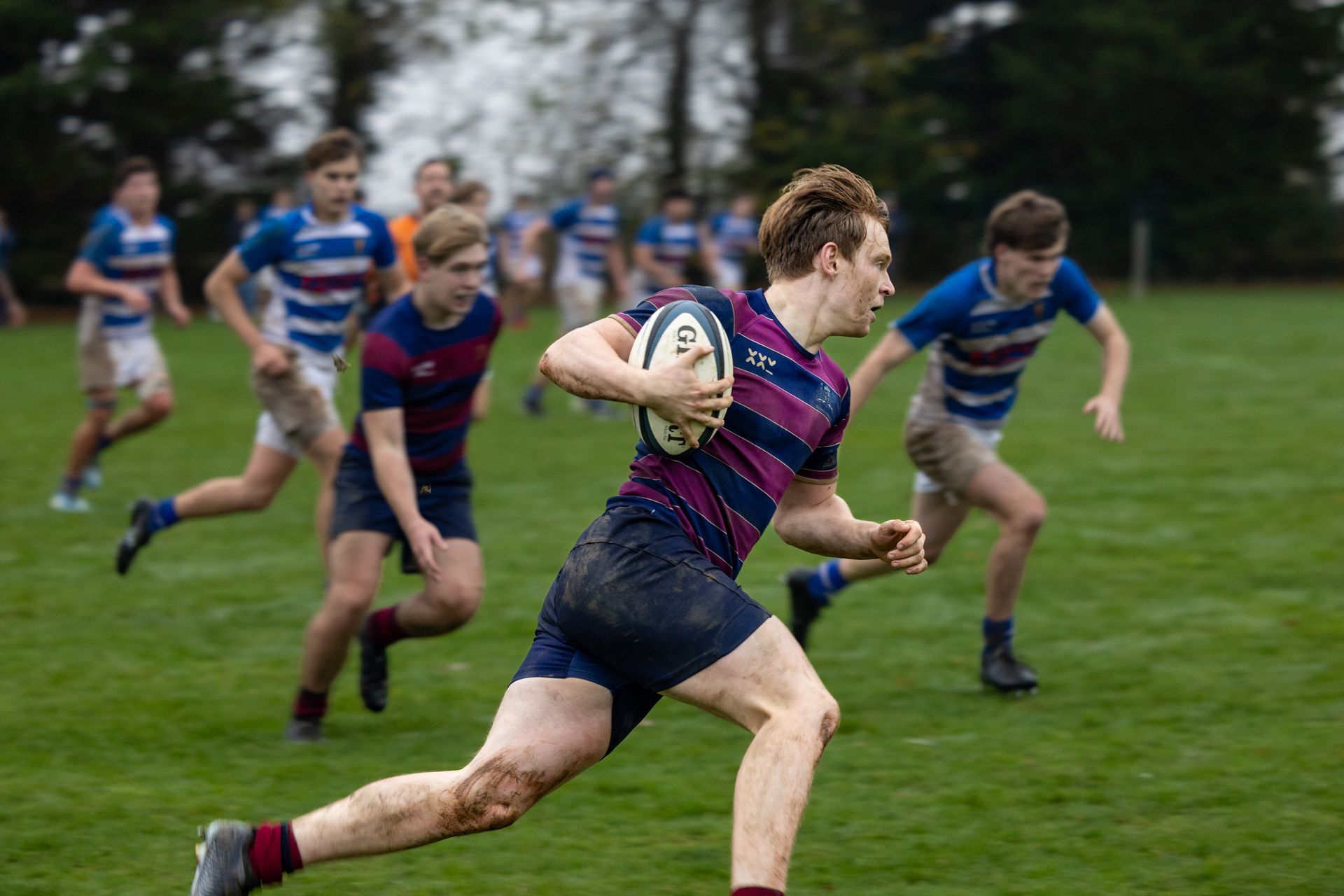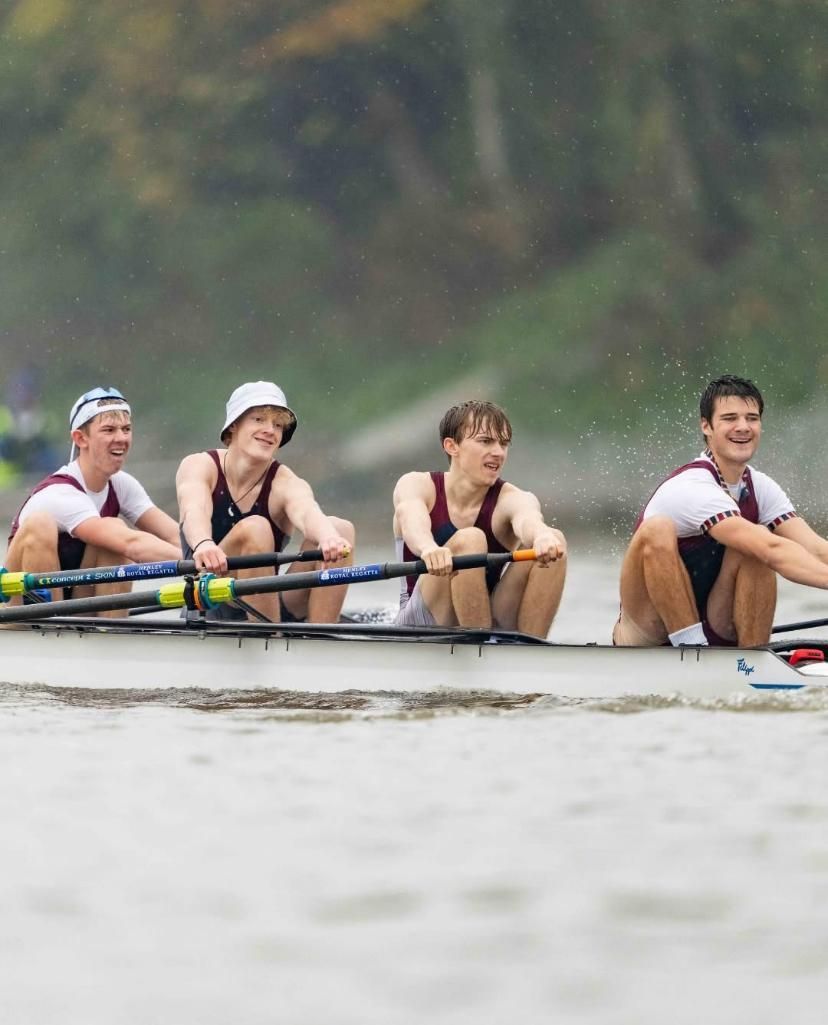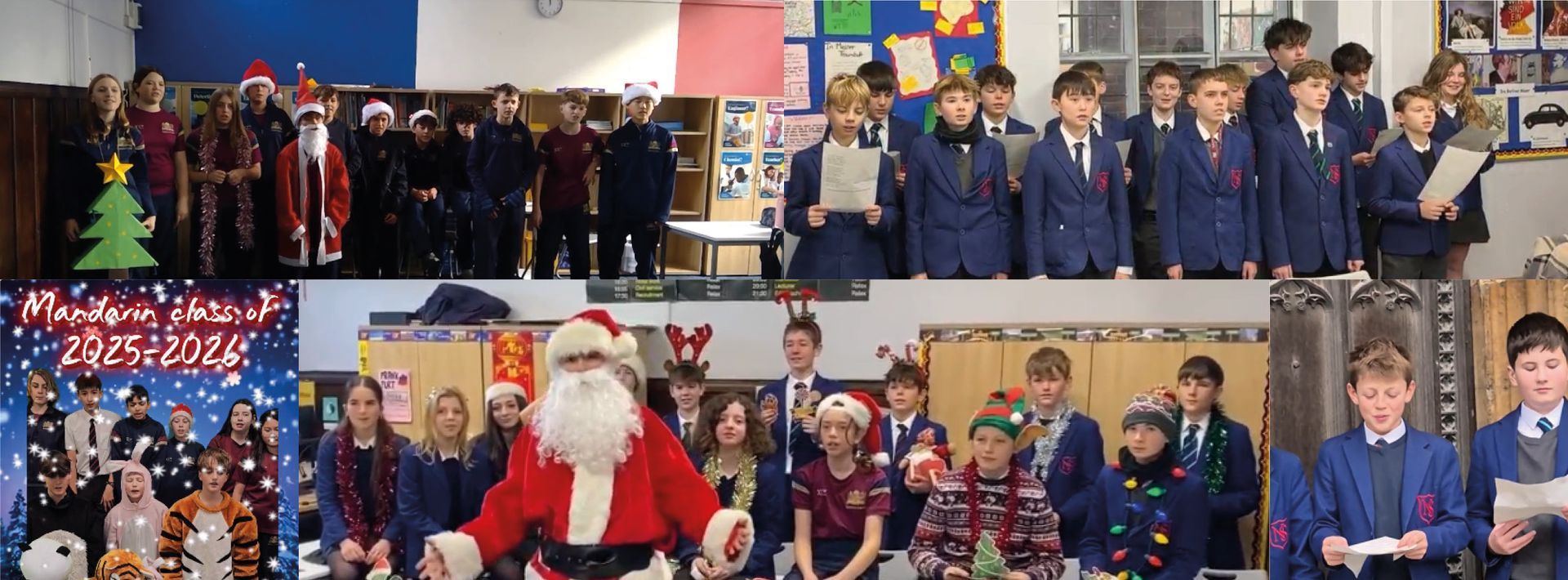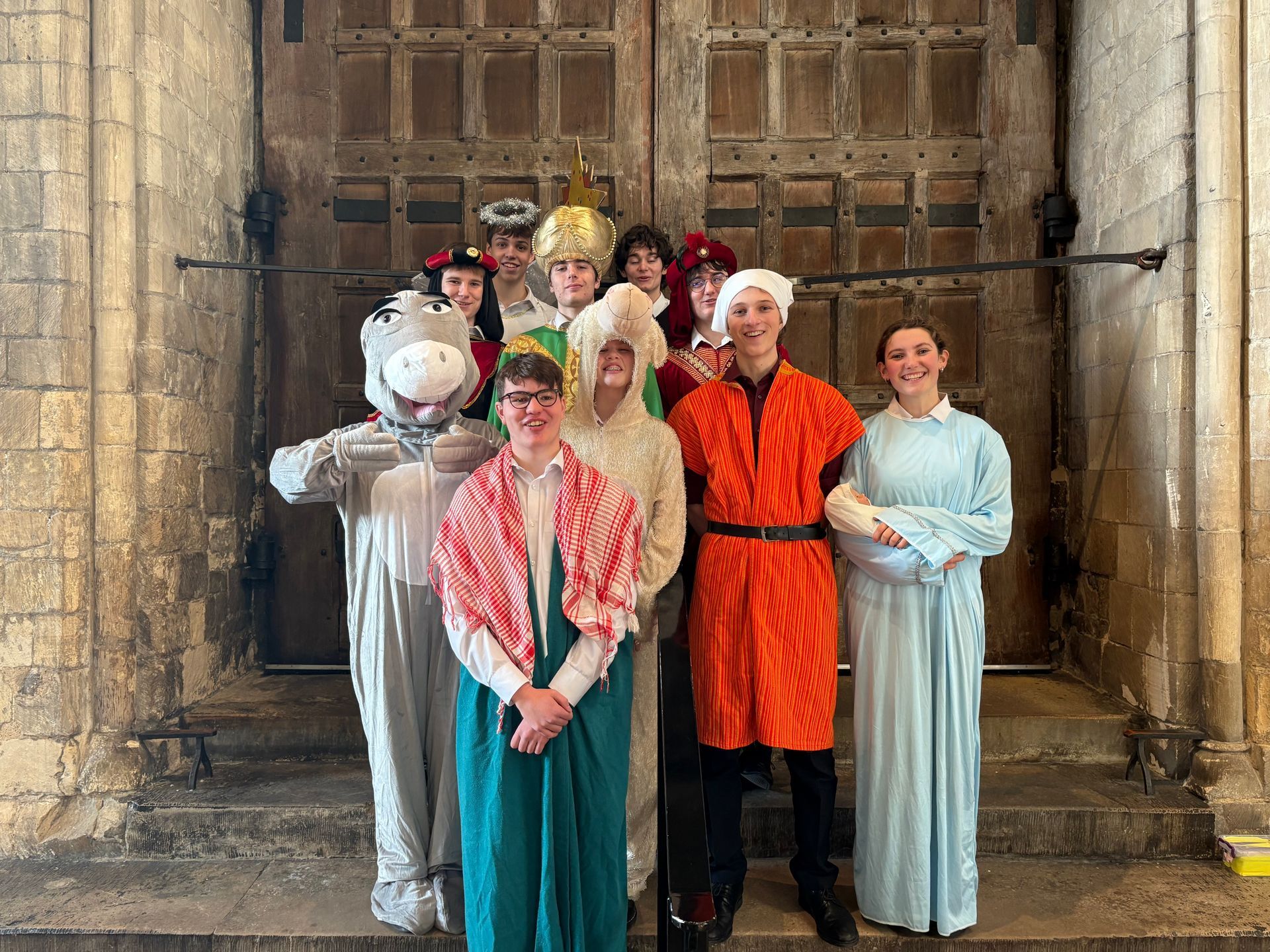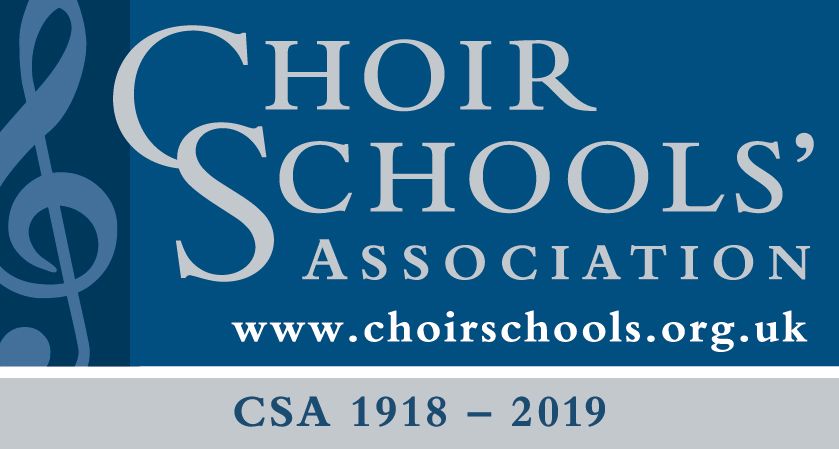LAURIE HERRING PRIZE FOR CRITICAL RESPONSE
April 24, 2023
The Laurie Herring Prize is awarded in memory of a former pupil, with the winners being announced in today’s Assembly by Laurie’s father, Andrew and sister, Anna.
In the Fourth Form, the winner was Grace Adlam with her piece on “Meat-free meals.” The judges found this to be fun, engaging and an enjoyable piece to read. Second prize went to Isaac Schaad with a piece titled “An overlooked masterpiece,” which was described as a very erudite and mature piece of writing. Oren Butler was awarded third prize for an original idea titled “The new mannequins and queens.”
The judges reported struggling with the Fifth Form category as there a great number of entries they would have liked to award prizes to. It was Rose Cook’s piece on “Humanity” which bagged first place, being described by the judges as a totally unique piece of writing. Second prize went to Celeste Horsman for a unique take on the essay question titled “The All-encompassing Idea of Art.” Finally, third prize was awarded to Martha Ramsay for “Don't put dates in sticky toffee pudding.”
Out of the Sixth Form entries, Jonah Jenkinson received first prize and Mirha Kashif took second with a piece titled “Amber Gold”. Third prize was awarded to Ella Pearl with a piece on the Geisel Library as the judges like the descriptive turn of phrase used.
Congratulations to all the prize winners. Below, the three pieces awarded first place in their respective categories are featured.
Mess-free meals? Grace Adlam (L4)
Is Mr Bucket’s legendary new chewing gum worth it?
Last month, Charlie Bucket, talented chocolatier and owner of Wonka’s Chocolate finally finished his latest invention, Meal Gum. The gum has been under development for some time, and it cause quite a stir when Mr Bucket announced its imminent release.
Like most Wonka fans, I rushed to my local supermarket to get my hands on this latest craze. One month after the gum’s release, I have sampled all of the flavours and am considerably impressed.
The experience consists of a main course with the option of buying a separate dessert. The Breakfast range includes Porridge, Cornflakes, Pancakes (some packs of gum include toppings), English Breakfast and Toast (with jam or butter), Beans on Toast, and Scrambled Eggs on Toast.
The Lunch range has Jacket Potatoes, and a variety of sandwiches and soups.
The Dinners consist of Fish and Chips, Roast Chicken, Sausage and Mash, Spaghetti Bolognese and Chicken Tikka Masala.
Finally, we move on to the Desserts. These come in Small, Medium and Large portions. The flavours are Carrot Cake, Chocolate Cake, Apple Pie, Victoria Sponge, Jelly, Bread and Butter Pudding, Fresh Fruit and Cheesecake.
After sampling the gum, I have very little criticism. The flavours are so perfectly simulated that I was stunned.
I must mention the complaints from experts regarding the encouragement of chewing gum in young people as this can lead to many problems, including tooth decay. Personally, I think that when a meal is substituted for this gum, you don’t chew any more than you would with ordinary food.
Meal Gum, contains almost all of the goodness in its flavouring than the corresponding food does as a whole. This means that anyone who chews it instead of eating normal food will not go hungry.
The convenient size of the gum, combined with its portability, makes it perfect for long journeys, easily rising, and getting home late. Many children (although I would not recommend it for those under 7) now need no lunchbox and have one less thing to carry. The numbers of children who skip breakfast to be on time for school has already decreased vastly since the release of Meal Gum.
When used excessively, this gum can have some of the same negative impacts of ordinary chewing gum on your health, but this is at least three gum meals a day for a whole week.
There is also the disadvantage of not being able to refuse a flavour you don’t like. For example, if you chew the Roast Chicken and you don’t like potatoes then you can’t stop the potato flavour. The gum has all the flavours so you can’t be picky.
Mr Bucket has already confirmed that a new flavour will be brought out every month for the next 12 months and I cannot wait for the next one!
There are vegetarian, vegan, dairy-free and gluten-free options, and although not all of the gums are sugar-free, many are. The gum will break down on its own and it is wrapped in recyclable paper.
I must mention the price as well. This is incredibly cheap and ranges from £1.20-£8.
I cannot recommend this wonderful chewing gum enough and can find very little wrong with it. The answer to my question as to whether Meal Gum is worth it? In my view, yes!
Humanity, Rose Cook (M5)
If I were to ask you to match the word to the definition and tell you that what I’m thinking of is ‘extremely confusing or difficult to understand.’ You’re probably thinking of algebra, or maybe Shakespearean language, Humanity probably doesn’t come to mind. For me on the contrary, it does.
Humanity itself is made of individual beings we like to call ‘humans’ – each one self-absorbed in their own world, stumbling to inevitable death, alongside one another. There’s two ways you can look at this, you could argue it’s baffling how these humans can be so idiotic and they almost find it too easy to pull at a door which is so clearly inscribed with ‘push’, or you could argue humanity is baffling because these humans have created their own lives, their own ways of being, and have formed invisible concepts such as ‘liberty’ and ‘morality’, yet they still choose to defy these principles despite having created them.
Each human has a place of comfort, a place of tranquillity, a place they can truly be themselves. Each human also wears a cunning disguise – camouflaging their feral, natural behaviours. No human can ever tell when another is in disguise. Humans are sociable creatures, they call a connection with another human a ‘relationship’, precariously built on this foundation they know as ‘trust’ which means absolutely nothing realistically, because there is no way to know for sure if another human being is capable of ‘trust’. You just have to ‘trust’ that you can trust them. It’s deranged I know.
Many humans, despite never have a ‘relationship’ with a human, have similar behaviours and attitudes. Lots of humans find it unacceptable to support a nearby tribe know an ‘Ipswich Town FC’, while others think throwing inanimate objects carelessly onto earth should be illegal. Did you know humans have created a series of vocal sounds, called words, which have the power to create the immediate downfall of another human. The louder you say a word the more power it has, if lots of human think similar words, they come together in what’s called a ‘friendship group’ which can be further enhanced by these rectangular squares of light – don’t ask.
Each human is entitled to their own opinion, but a series of opinions that are known as ‘conspiracy theories’ humans don’t value as much. Some humans blame society for the problems which they face, yet that human is part of society. Humans don’t like to judge people based of first impressions but are quick to assume a homeless person is an addict. Humans get annoyed at things they also partake in. Humans find things they don’t like, they complain about them, but actively do nothing to change it. Some humans want equality but expect a man to pay for a meal. As a human, there’s no guarantee a human care for you, yet you still do everything you can to make that human happy.
Humans are baffling.
Better Call Saul Review, Jonah Jenkinson (L6)
Exterior: Day – Sidewalk. An ant looms in the frame as it traverses over the payment. A macro shot. It climbs onto the cone, reaching the summit as triumphant music plays. Why? In the same episode we follow Kim and Jimmy, stood on the balcony talking about their respective days as they look over the carpark which is consumed by a muted, dark palette. Jimmy speaks of his hesitance regarding work with the Cartel. Kim speaks of her happiness with transitioning to working with helping unfortunate clients. During this scene, something else is happening. Jimmy takes an empty bottle from Kim and places it on the railing. The show fixates on this as it rack focuses from a side angle. At the end of the scene Kim grabs it. Why? The question is answered the next time they’re on the balcony together. Since their last meet, Jimmy has been drawn into the web of the cartel as Kim speaks of her pro bono case work. Jimmy flirts with dropping the bottle off the balcony. Kim snatches it. She throws it into the carpark. Silence. We hear crickets chirp in the background, and the scene has a stillness to it. What is the subtext of this action? In part, it shows Kim’s frustration pushing her into more dangerous actions.
But similarly, it shows the unorthodox push pull dynamic of the two, as they tempt each other into more trouble. In just two scenes, the bottles portray how Kim and Jimmy interact and highlight how the two feel, in what is mastery of the cliché ‘show don’t tell.’ Perhaps what separates the show from other is its mastery of symbolism, with the utilisation of props often playing a centrepiece in the episode – as evident with the ants and the ice cream cone. This case was a call back to the previous episode where Jimmy’s contented success as Saul Goodman is rudely interrupted when he’s summoned by the cartel. When the next episode opens, we see the cone, serving as a reminder of the main action of the episode and setting us up for the payoff where, after business with the cartel, Jimmy returns to the same spot, viewing ants eating the cone.
The ice cream isn’t significant in terms of show mechanics but it allows us to see and feel the representative symbolism. The ice cream signifies a loss of innocence as he begins working with the cartel and the childlike image of the ice cream cone is not just destroyed, but instead undergoes a degradation as if Jimmy’s innocence is truly decaying. The show further plays with this idea as when Jimmy sees the cone he appears almost sickened, acting as a visual clue to how he truly feels inside. Overall, the visual and symbolic storytelling is a key aspect of the show’s widespread success. Colour, shot composition and attention to detail create a rich and immersive viewing experience that is both satisfying and emotionally resonant.

